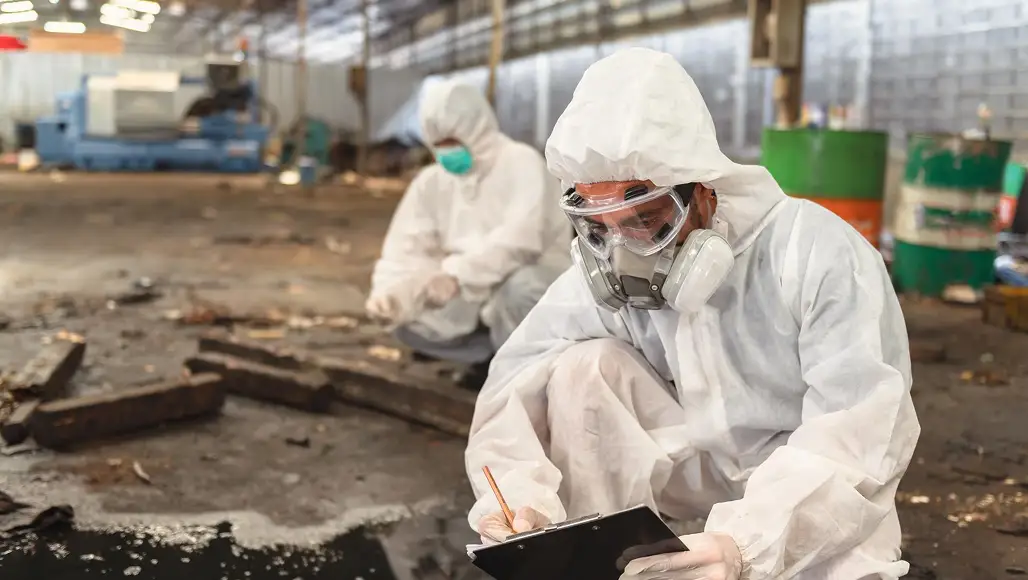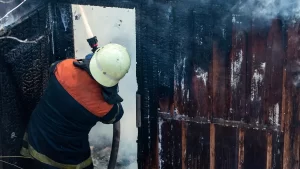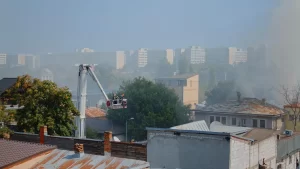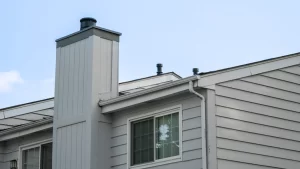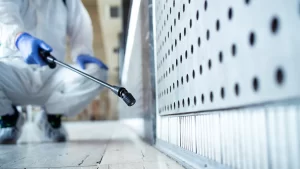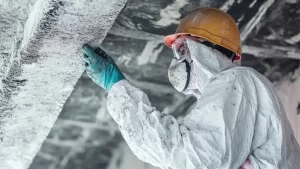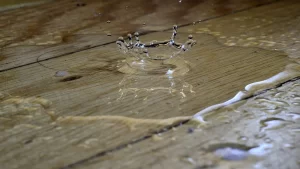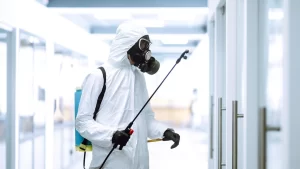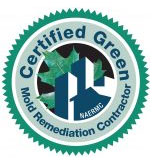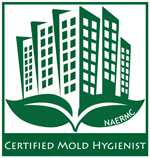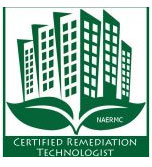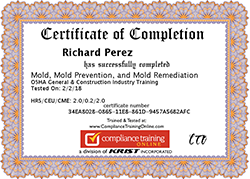Asbestos is a naturally occurring mineral once widely used in construction materials for its durability, fire resistance, and insulation properties. However, it is now recognized as a serious health hazard. When asbestos-containing materials are damaged or disturbed, they can release tiny fibers into the air. Inhalation of these fibers can lead to severe respiratory illnesses, including asbestosis, lung cancer, and mesothelioma. Because of these risks, managing asbestos safely and effectively is critical for protecting the health of occupants and ensuring a safe environment.
Understanding the costs associated with asbestos removal is just as important as recognizing the health risks. Removal projects can vary significantly in price depending on the type, location, and extent of asbestos contamination. By knowing what factors influence these costs, homeowners, business owners, and property managers can budget more accurately, avoid unexpected expenses, and make informed decisions about hiring qualified professionals. Call California Certified to get expert advice and professional asbestos removal services that prioritize safety and cost-efficiency.
What Is Asbestos Removal?
Asbestos removal refers to the complete physical extraction of asbestos-containing materials from a building or structure. This process involves carefully identifying, isolating, and removing the hazardous materials to prevent the release of asbestos fibers into the air. Removal is often necessary when the asbestos is damaged, deteriorating, or likely to be disturbed through renovations or demolition, posing a direct health risk.
It is important to understand that asbestos removal is just one of several methods used to manage asbestos in buildings. Other common asbestos management strategies include:
- Encapsulation: Applying a sealant to asbestos materials to prevent fibers from becoming airborne without removing the material.
- Enclosure: Constructing an airtight barrier around asbestos-containing materials to isolate them from the environment.
- Repair or Maintenance: Fixing damaged asbestos-containing materials to keep them intact and reduce fiber release.
Unlike these management methods, removal eliminates the asbestos hazard from the site. Removal is typically more costly and requires strict safety protocols, but it is often the best option when asbestos poses a significant threat or must be cleared for construction activities.
Understanding Asbestos Abatement
Asbestos abatement refers to the process of reducing or eliminating asbestos hazards in a building to protect occupants from exposure. This process involves a range of activities designed to control asbestos-containing materials and prevent the release of harmful fibers into the air. Abatement can include removal, but it also covers other techniques that manage asbestos safely without fully extracting it.
There are three main types of asbestos abatement methods:
- Removal: Completely taking out asbestos-containing materials from a building. This is often necessary when materials are damaged or in areas where renovation or demolition will disturb asbestos.
- Encapsulation: Applying a protective coating or sealant over asbestos materials to bind the fibers together or coat the material so fibers are not released.
- Enclosure: Building an airtight, physical barrier around asbestos materials to isolate them from the surrounding environment and prevent fiber release.
Abatement is necessary when asbestos poses an immediate or likely risk to health, such as when materials are deteriorating, damaged, or will be disturbed by construction work. In contrast, simple management strategies like regular inspections and maintenance may be sufficient when asbestos materials are intact and undisturbed, posing minimal risk. Professionals assess the condition and location of asbestos to determine the appropriate approach, balancing safety, cost, and practical considerations.
Key Factors That Affect Asbestos Abatement Costs
The cost of asbestos abatement can vary widely depending on several important factors. Understanding these variables helps property owners anticipate expenses and plan their budgets more effectively. Here are the key factors that influence asbestos removal and abatement costs:
- Size and Extent of Contamination
The overall area and volume of asbestos-containing materials that need to be addressed directly impact the price. Larger or more widespread contamination requires more labor, equipment, and time, increasing costs. - Location and Accessibility
The ease or difficulty of accessing asbestos materials affects removal complexity. Materials located in confined spaces, high ceilings, or behind walls may require specialized equipment or techniques, raising the cost. - Type of Asbestos-Containing Material
Different materials containing asbestos, such as pipe insulation, floor tiles, or roofing, vary in removal difficulty. Some materials are easier and safer to remove than others, which influences pricing. - Condition of the Asbestos (Friable vs. Non-Friable)
Friable asbestos can be easily crumbled and release fibers into the air, making it more hazardous and expensive to remove. Non-friable asbestos is more stable and may require less intensive removal methods. - Required Safety Measures and Regulations Compliance
Abatement projects must follow strict safety protocols, including worker protection, air monitoring, and containment setups. Compliance with local and federal regulations adds to labor and equipment costs. - Disposal Fees and Transportation Costs
Asbestos waste must be transported and disposed of at approved facilities. Disposal fees and the logistics of safe transportation contribute significantly to overall project costs. - Testing and Survey Costs
Before removal, asbestos surveys and testing are necessary to identify the presence and extent of asbestos. These assessments involve professional inspections and lab analysis, adding upfront costs but ensuring accurate planning.
Each of these factors plays a role in determining the final cost of asbestos abatement. Being aware of them helps property owners work with contractors to get precise estimates and avoid surprises.
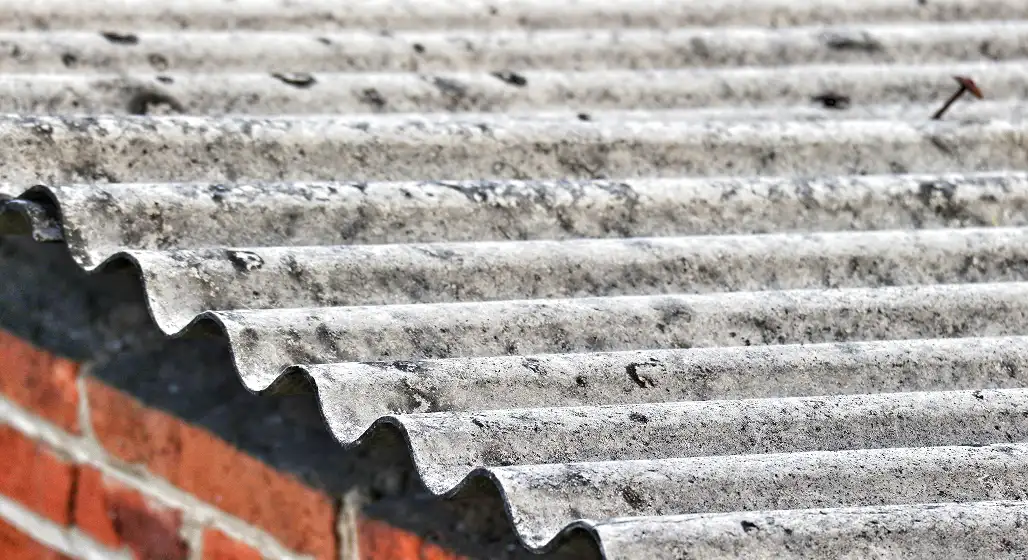
Typical Costs for Common Asbestos Removal Projects
Asbestos is found in various building materials, and the cost to remove it depends on the type of material and the complexity of the project. Below are some common asbestos removal projects along with typical cost ranges and factors influencing those costs.
Pipe Insulation Removal Costs
Asbestos was frequently used to insulate pipes because of its heat-resistant properties. This type of asbestos is common in older buildings, especially those constructed before the 1980s. Removing asbestos pipe insulation requires careful handling to avoid fiber release, often involving specialized containment and protective gear.
- The average cost range for pipe insulation removal typically falls between $25 and $75 per linear foot.
- Factors influencing costs include the number of pipes, pipe accessibility, and the condition of the insulation.
Knowing the typical costs for these common asbestos removal projects helps property owners plan and prioritize necessary abatement work safely and affordably.
Asbestos Roof Removal Costs
Asbestos roofing materials, such as shingles and corrugated panels, were popular for their durability and fire resistance. Removing asbestos from roofs presents challenges, including working at heights, weather conditions, and ensuring materials are carefully removed without contamination.
- Typical asbestos roof removal costs can range from $5 to $15 per square foot, depending on the roof size and complexity.
- Additional costs may arise from the need for scaffolding, roof repairs, and disposal of large volumes of debris.
Other Common Asbestos-Containing Materials and Their Removal Costs
Asbestos is also commonly found in floor tiles, ceiling tiles, drywall compounds, and sprayed coatings. Removal costs for these materials vary widely:
- Floor tile removal may cost between $3 and $7 per square foot.
- Ceiling tiles and sprayed coatings removal can be more expensive due to friability and accessibility.
- Each project should be evaluated individually by professionals to provide an accurate cost estimate based on material type and condition.
Knowing the typical costs for these common asbestos removal projects helps property owners plan and prioritize necessary abatement work safely and affordably.
The Role of an Asbestos Survey
An asbestos survey is a professional inspection carried out to identify the presence, location, and condition of asbestos-containing materials in a property. The process involves trained surveyors visually inspecting the building, taking samples for laboratory testing, and documenting their findings in a detailed report. This report outlines the types of asbestos present, the extent of contamination, and recommendations for managing or removing it.
An asbestos survey is essential for accurate cost estimation and safe removal. Without a thorough survey, contractors cannot determine the scope of work, the necessary safety precautions, or the most effective abatement method. The survey ensures that no hidden asbestos is missed, preventing unexpected hazards and additional expenses during removal. It also ensures compliance with safety regulations and helps property owners make informed decisions.
The cost of an asbestos survey typically depends on the size and complexity of the property, but most fall within a general range:
- Residential surveys may cost between $200 and $800.
- Commercial or larger properties may range from $1,000 to several thousand dollars, depending on the number of samples and areas inspected.
A professional asbestos survey usually covers:
- Inspection of all accessible areas where asbestos may be present.
- Collection and laboratory testing of material samples.
- A written report with detailed findings, photographs, and recommendations for management or removal.
Investing in a survey before starting any renovation or demolition is critical for both safety and cost control, ensuring the asbestos removal process is handled correctly from the start.
How to Get an Accurate Asbestos Removal Cost Estimate
Obtaining an accurate cost estimate for asbestos removal begins with a professional inspection. Certified asbestos inspectors or contractors assess the property to identify the type, location, and condition of asbestos-containing materials. This detailed evaluation provides a clear picture of the work involved and helps generate a precise estimate. Without a professional inspection, estimates are often vague or incomplete, which can lead to unexpected costs during the project.
When consulting with asbestos removal contractors, it is important to ask specific questions to ensure transparency and confidence in their services. Consider asking:
- Are you licensed and certified to perform asbestos removal in this area?
- Can you provide references or examples of similar projects completed?
- What safety measures and equipment will you use during removal?
- How will you handle asbestos disposal and documentation?
- What is included in the estimate, and are there any potential additional costs?
- What is the expected timeline for the project?
Understanding quotes and contract terms is essential to avoid misunderstandings. Review the estimate carefully to confirm that it includes all necessary steps such as inspection, removal, containment, disposal, and clearance testing. Clarify how changes or unforeseen issues will be handled financially. Make sure the contract outlines the responsibilities of both parties, payment schedules, and guarantees regarding compliance with safety regulations. Taking these steps helps ensure a smooth asbestos removal process with clear financial expectations.
Understanding asbestos removal costs is essential since prices vary based on contamination size, material type, and location. A professional asbestos survey is necessary to accurately assess the situation and provide reliable estimates. Because asbestos poses serious health risks, removal should always be handled by licensed professionals rather than attempted as a DIY project. Obtaining detailed surveys and multiple quotes before starting ensures safety, compliance, and helps avoid unexpected expenses. Call California Certified to connect with experienced experts who can guide you through the process safely and affordably.
Why Choose Certified Professionals for Your Asbestos Removal Project?
California Certified has a team of licensed asbestos removal experts with over 30 years of experience in the industry. They respond quickly, conduct thorough inspections, and safely remove asbestos-containing materials using advanced equipment and strict safety protocols. From initial survey to final clearance, their team follows all regulatory guidelines and uses proven techniques to protect your health and property. California Certified is committed to ensuring your safety, peace of mind, and a smooth, stress-free asbestos removal process.
Call California Certified as soon as you suspect or discover asbestos in your home or business. Our certified professionals can provide a detailed survey, accurate cost estimate, and safe, efficient asbestos removal to protect your health and property.

